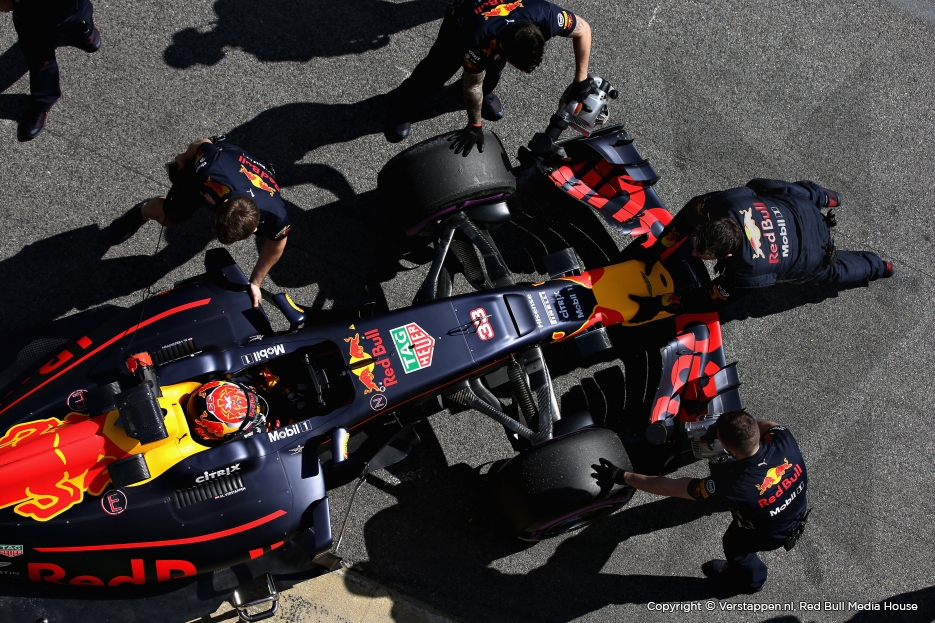Overview new technical rules for 2018
Published on 12 January 2018 by Mike Motilall
In about seven weeks’ time, the first off-season test for the new Formula 1-season will get underway. The drivers will then put their new cars through their paces on Circuit de Catalunya. Although the rules for the coming season haven’t been changed that much, there are a few that are worth taking a closer look at.
First off, the T-wings and shark fins. Before last season got underway, during winter testing, we witnessed some ungainly looking creations on the car as a result of some loopholes in the regulation. Despite the fact that shark fins are not a novelty in the history of Formula 1, the T-wing, meant to better direct airflow to the main rear wing, and in some cases to create a little additional downforce, was.
During the season, some teams developed double, even triple T-wing constructions. Together with the shark fin this has now been outlawed by the FIA. The latter will probably still be featured next season on some cars, as a fin of sorts, but will certainly be considerably smaller and shorter.
One change that will be very noticeable in the new season is the introduction of the halo. Although the introduction of the much debated cockpit protection device was initially postponed, last year Summer it was reported that the system would still be introduced on the cars for the 2018 season. Numerous teams have by now tested the halo.
Even though the core design of the halo is dictated by the rules, there will be some scope for teams to modify its surface. It is very likely that teams will introduce a variety of small aero devices adorning this new addition. McLaren tested the device after the Abu Dhabi Grand Prix and had already made some changes.
To compensate for the introduction of the halo, the overall minimum weight of the cars have gone up by 6 kg to 734 kg. It is estimated that the actual weight of the device will be as much as 14 kg, which will leave teams less room to play with regarding performance ballast. Resulting in putting the heavier drivers at a potential disadvantage.
Another small important directive relates to the suspension. Red Bull and Ferrari have experimented with this last season. This trick suspension cleverly allows the ride height of the car to be varied over the course of a lap depending on steering angle. The FIA has since decreed such systems will not be allowed.





